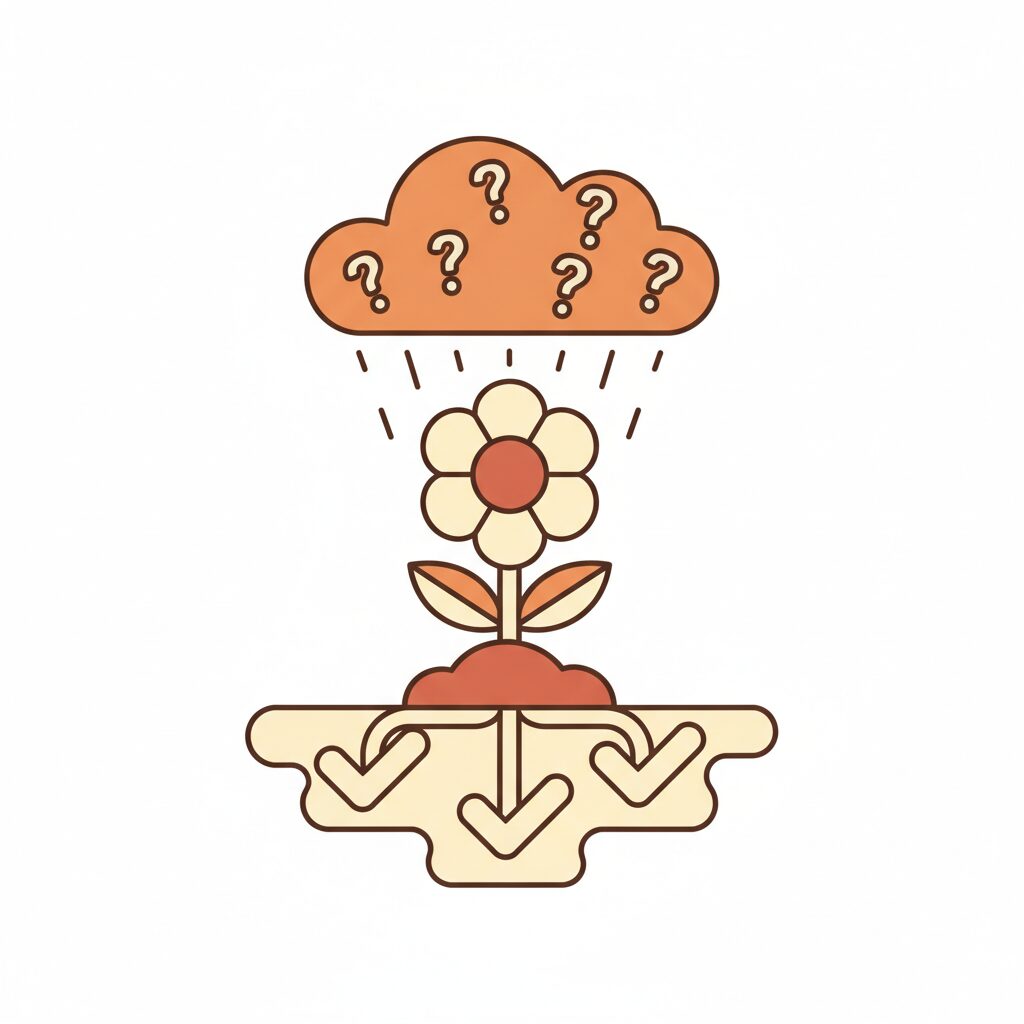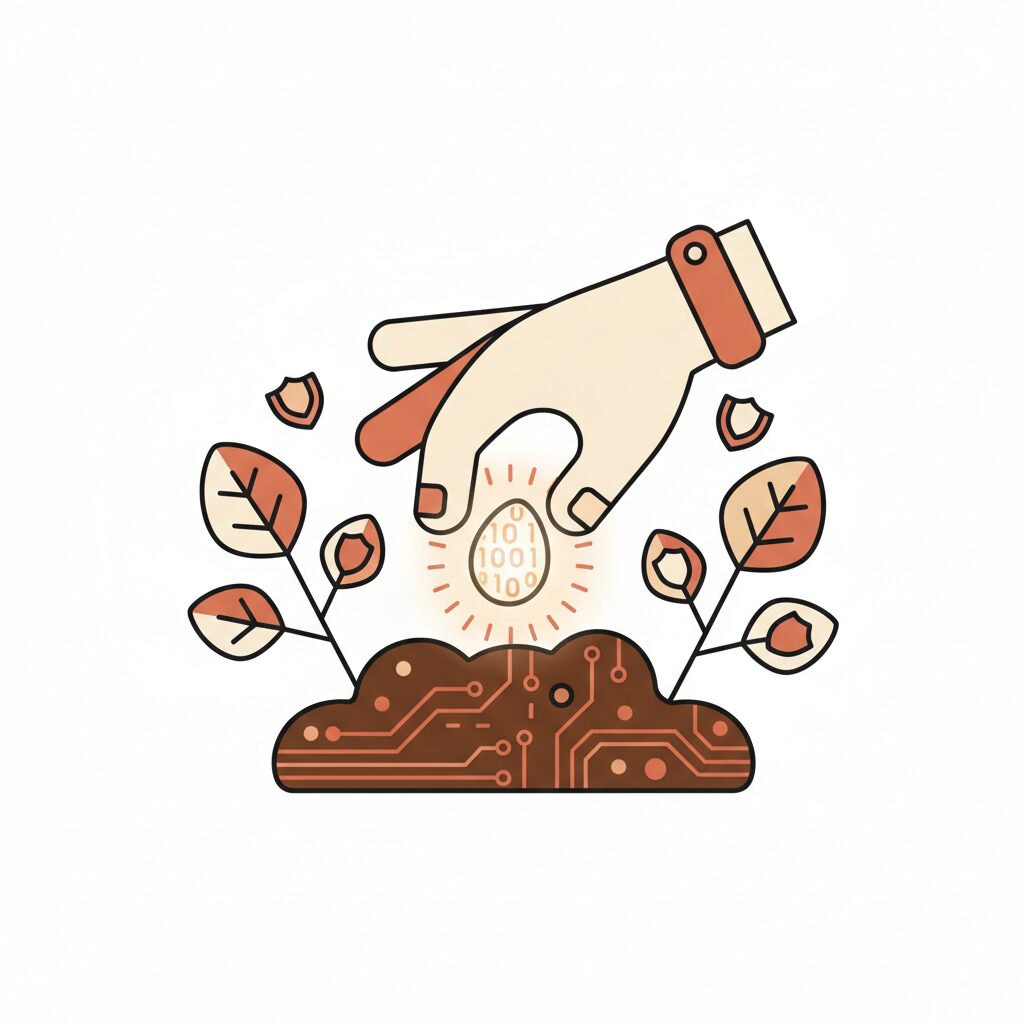
The quiet revolution isn’t on screens—it’s in the pipes beneath them
You know those overcast days when everything feels still, but life hums beneath the surface? Like today—just a gentle 25 degrees, clouds whispering change. That’s how I see the shift happening now: unseen currents moving toward a world where AI agents won’t just chat with our kids but handle payments, verify identities, and build trust, all riding on blockchain rails. Ethereum’s core developers, like Davide Crapis, are betting big that within years, these digital neighbors will become foundational to how future generations interact. Not sci-fi—steady, thoughtful groundwork, much like teaching a child to ride a bike with training wheels they’ll soon outgrow.
How Are the Playground Rules Changing for Our Kids?

Picture this: a playground where every child has a magic band around their wrist. It lets them swap snacks fairly, proves they’re who they say they are, and keeps everyone playing by the same rules. That’s Ethereum’s vision for the AI agent economy—its payment rails, digital ID tools, and trust built right into their digital playground, like the unspoken rules at the local park. Davide Crapis proposed ERC-8004 as that shared language for AI agents to interact safely, no human hand guiding every transaction. Think of it like the neighborhood park where you don’t need to watch the swings 24/7 because the community’s rhythm keeps things honest. It’s not about flashy apps; it’s the quiet stitching of reliability into the digital fabric. And here’s the kicker: developers believe AI agents themselves will become Ethereum’s heaviest users. Imagine your kid’s future app—no more ‘parental approval needed’ pop-ups. Just smooth, secure exchanges where trust is baked in, not bolted on.
So what does this mean for our parenting worries?

Let’s be real—when news shouts ‘AI economy,’ our minds jump straight to fears: ‘Will my child even understand cash?’ But hold that thought. Remember when calculators threatened math? Kids still learn times tables—they just use tools wisely later. Same here. Autonomous agents won’t replace human moments; they’ll handle the boring backend stuff, like how plumbing works beneath our homes. The real worry isn’t the tech—it’s whether our children grasp the magic behind the curtain. Ever worry they might take digital trust for granted? That’s where we step in: not as tech translators, but as curiosity cultivators. That moment when your toddler asks ‘Why do leaves fall?’—that’s the spark. Channel it toward ‘How do I know this digital friend is real?’ without drowning them in jargon. Practical truth? Developers at Coinbase are already testing how codes that let AI handle payments smoothly move stablecoins. It’s happening, but it won’t feel like change to our kids—just like Wi-Fi felt like magic to us, then became as ordinary as sunshine.
How Do We Raise Humans in an Agent-Driven World?

So, what do we nurture now? Resilience—yes, but not the ‘tough it out’ kind. The kind that blooms when kids know their human spark matters more than any algorithm. Start small: turn dinner prep into a ‘trust experiment.’ ‘If this recipe was wrong, how’d we catch it?’ That conversation teaches verification better than any lecture. Or during a walk, point to squirrels gathering nuts: ‘See how they check each one? That’s healthy skepticism!’ Balance isn’t about screen limits—it’s about anchoring exploration in real-world texture. Remember Bankr and HeyAnon, those conversational tools simplifying blockchain? Our kids might use similar interfaces daily. But we’ll build their compass by keeping moments tactile—like stomping in puddles after rain or sorting shapes in sidewalk cracks. No decentralized ledger can replace the warmth of a shared laugh when a puzzle piece finally clicks. Former core dev Eric Connor nailed it: Ethereum’s real win isn’t finance—it’s mainstream adoption through human connection. So let’s teach connection first.
How Can We Plant Seeds for Tomorrow’s Trust Today?

This shift isn’t scary—it’s a chance to deepen what matters. When your child crafts a story with AI help, don’t just celebrate the tale. Ask: ‘What part felt uniquely yours?’ That nudges them toward owning their creativity. Projects like Botto, the decentralized artist voted on by communities, show how tech can amplify collective wonder—but only if humans stay at the heart. So be the steady rhythm under their digital feet: discuss why transparency matters (like how we explain family rules), let ‘oops’ moments become lessons (that spilled juice? Now we clean together), and keep wonder alive through tiny adventures—a backyard treasure hunt where the ‘prize’ is noticing spiderwebs glistening with dew. Trust grows in these human grooves. The Ethereum blog’s focus on ‘agentic AI’ as experimental tech reminds us: this isn’t about certainty. It’s about planting seeds in soil we’ve nurtured—with kindness, patience, and the quiet confidence that our children’s humanity will always outpace the tools they use. Because no blockchain can ever replicate the moment your kid’s eyes light up with that proud, I did it! grin—nothing digital can ever replace that.
Source: Is AI the Future of Ethereum? The Network’s Developers Are Banking on It, Decrypt, 2025/08/30 15:01:03
